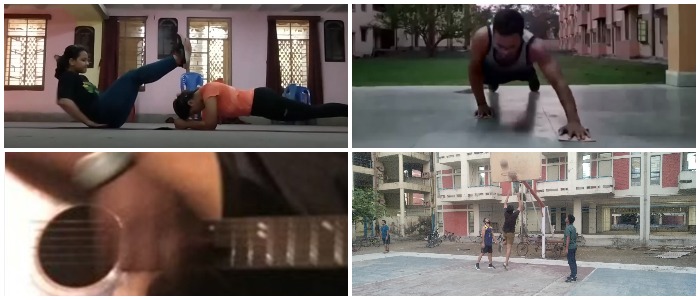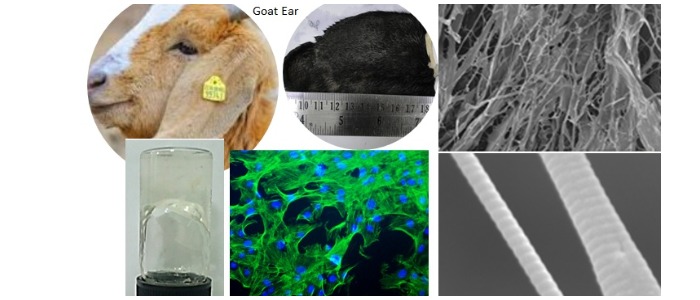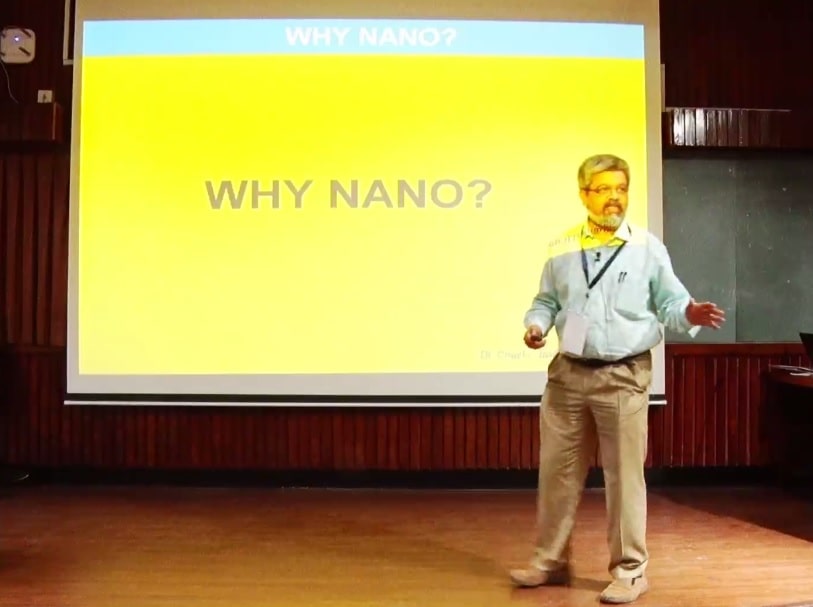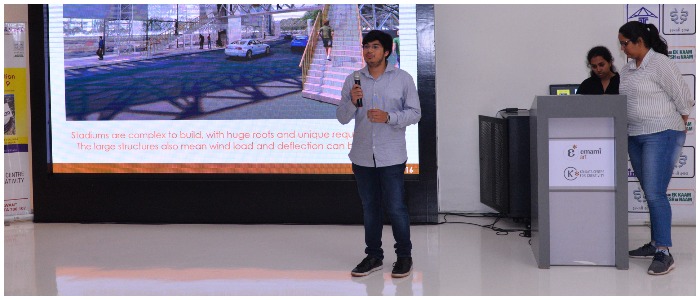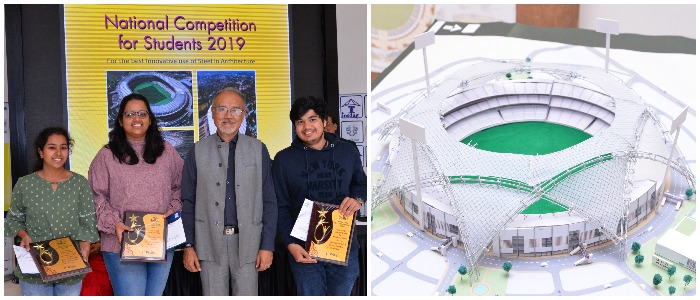
Chipping in
Students of IIT Kharagpur working with the Gopali Youth Welfare Society pool in their resources to rush both essential goods and protective gear to the underprivileged in Gopali and neighbouring gram panchayats Hindustan Times, Indian Express, The Telegraph, Business Insider, Outlook, NDTV, India Today, Yahoo News, Gadgets Now, Republic The fight against Covid-19 is an unequal war, and no one understands that better than the students of IIT Kharagpur. Several of them associated with the Gopali Youth Welfare Society, an NGO run by IIT Kharagpur students and faculty members with the support of locals, have come together to raise funds to assist around 2000 families…

